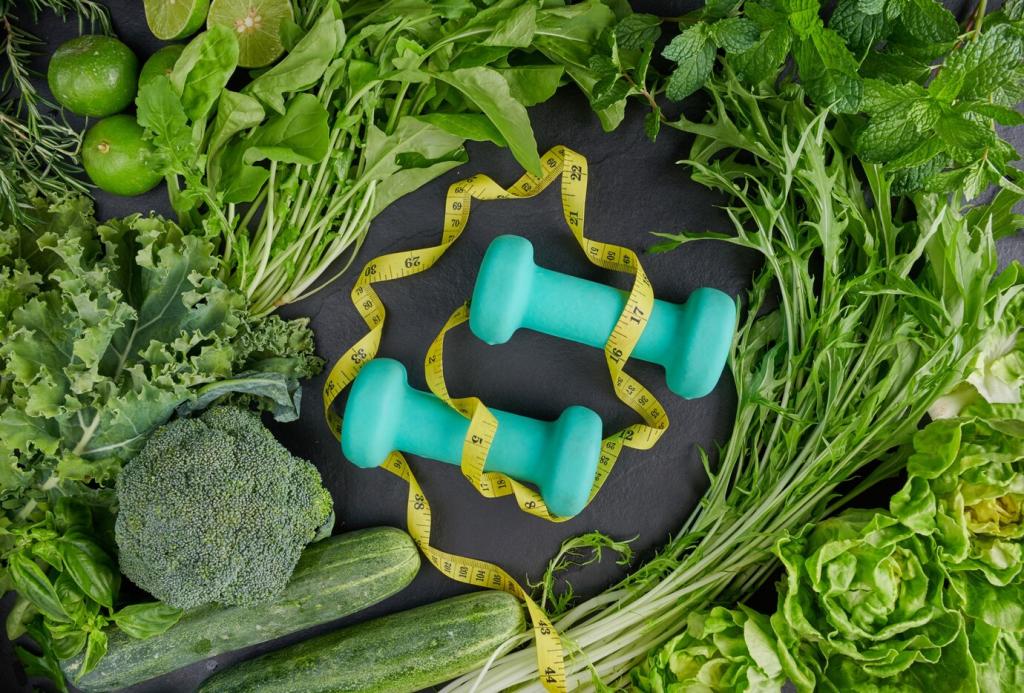Stories from the Rack: Macro Wins That Stuck
A novice lifter stalled on squats at 80 kg while keeping carbs low. She moved to 45% carbs centered around leg days, kept protein steady, and within a month hit 95 kg confidently. Energy felt even, and recovery finally matched her training enthusiasm.
Stories from the Rack: Macro Wins That Stuck
He stopped skipping breakfast and split protein across four meals, shifting carbs before and after evening workouts. With the same calories, his sessions felt snappier, soreness faded faster, and late-night snacking disappeared. The ratio did not change—timing and consistency did the heavy lifting.





